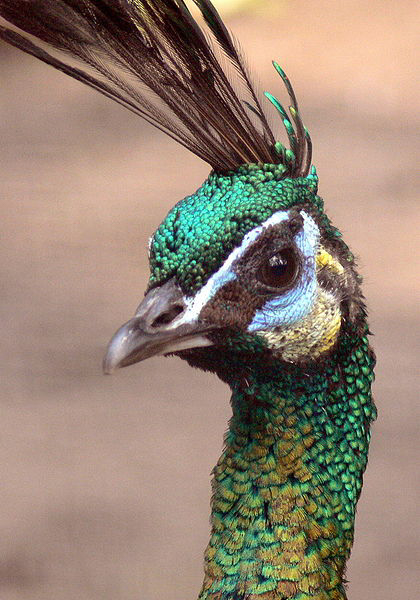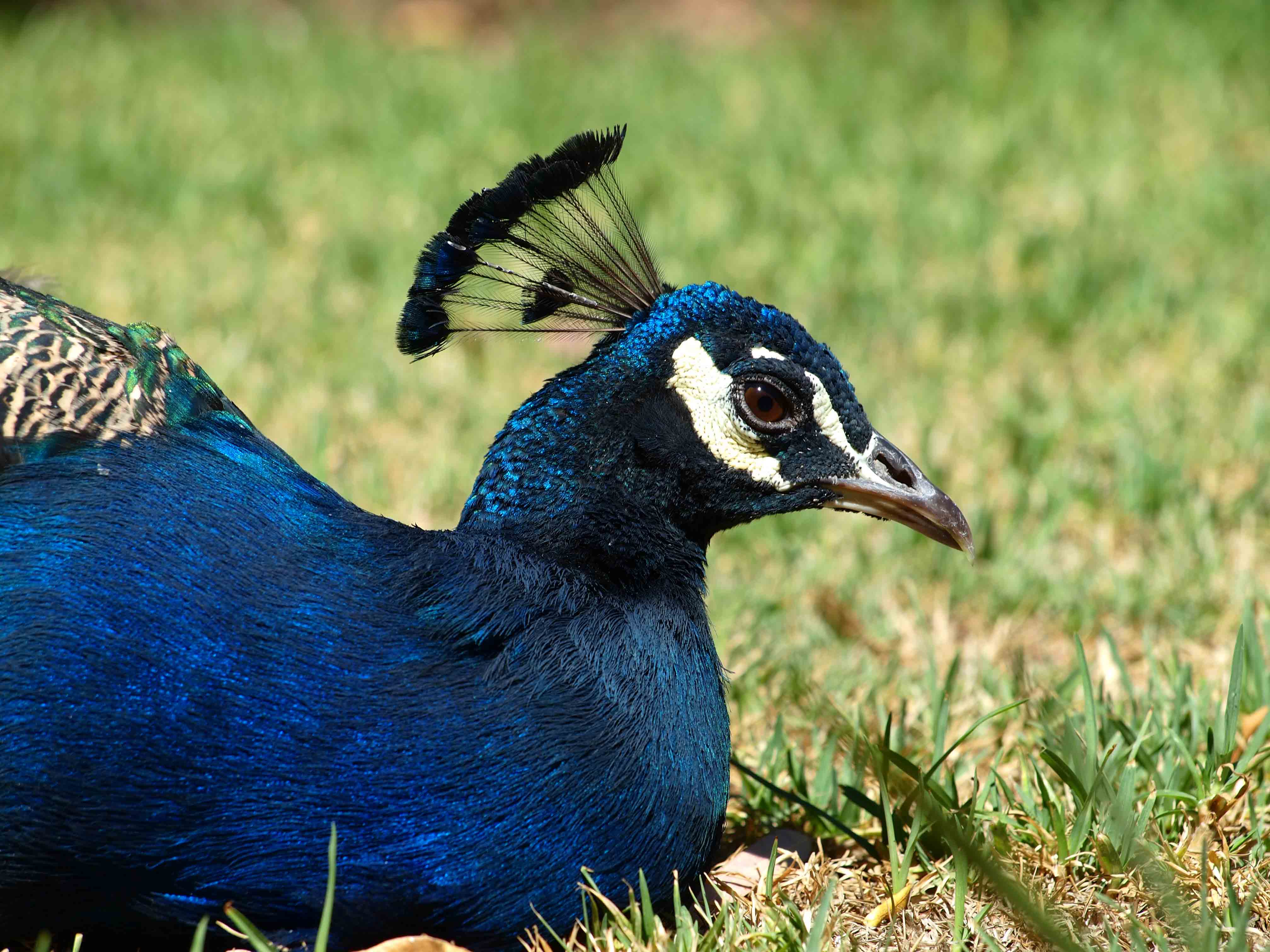Have you ever seen a children’s animated tale and thought, “Hmmm, did the artists draw the correct kind of peafowl?” Well if you haven’t get ready for one of the wildest rides of your life.
Peafowl vs Peacock vs Peahen
Let’s start by getting a few semantics out of the way. Peacock is the name given to the male of the peafowl species. Peahen is the female of a species. Lots of other species have similar naming conventions. An example is cattle. The male is called a bull and the female is called a cow. Any animal of the class Aves (birds) uses the designation cock and hen.
Green vs Blue Peafowl
There are a few distinct species of peafowl, the most common being the Indian peafowl (aka Pavo cristatus, aka Blue peafowl) and the green peafowl (aka Pavo muticus, aka Java peafowl). In the wild, the Indian peafowl can only be found in India and the green peafowl can primarily be found in Indonesia. The range of the green peafowl used to be a lot larger, but hunting and habitat destruction have caused the species to lose a lot of their range. In the past, the green peafowl’s range included China.
Shen From Kung Fu Panda
.jpg) In Kung Fu Panda 2 the primary antagonist is a white and red peacock named Shen. The movie itself takes place in China so the expectation is that he is a green peafowl. Is this actually the case? Let’s have a look at Shen and his characteristics. His white colouration is very uncommon for a peafowl, especially in nature. Ok, this is a bad start. Instead, let’s look at his crest. Here is a prime example of a green peafowl’s crest.
In Kung Fu Panda 2 the primary antagonist is a white and red peacock named Shen. The movie itself takes place in China so the expectation is that he is a green peafowl. Is this actually the case? Let’s have a look at Shen and his characteristics. His white colouration is very uncommon for a peafowl, especially in nature. Ok, this is a bad start. Instead, let’s look at his crest. Here is a prime example of a green peafowl’s crest.

photograph by Haplochromis, distributed under a CC-BY 3.0 license.
The crest is very pointy. And now here is an Indian peafowl’s:

So in Shen, we see his crest has a more fan-like structure and that corresponds with an Indian peafowl’s. From the above two pictures note the colour of the head/neck of the green and Indian peafowl. This doesn’t help us because Shen is either an albino (red/pink eyes) or leucistic (he has some pigment in his tail feathers) peafowl. Next piece of evidence from the film is flight. Indian peafowl are relatively poor at flying. They can fly short distances, mostly to avoid predators but primarily they walk to get to where they want to go.
.png)
Shen has an somewhat extended flight sequence. The long flight is more of a green peafowl characteristic. That being said it is mostly a glide, which the Indian peafowl can do just as well. So looking at Shen alone may prove to be somewhat inconclusive. We do briefly see his parents in an opening scene and they can provide us with a bit more information.
Shen’s Parents
.jpg) First off his father (the one with blue feathers) is indeed blue. His crest is fan-like and he has a very long train (the long tail feathers). His train is partly hidden by the ground but you can clearly see that his mother has no train. In both species, the male has a longer train than the female (another inconclusive fact). In addition, you can see that his mom is quite a bit smaller than the male.
First off his father (the one with blue feathers) is indeed blue. His crest is fan-like and he has a very long train (the long tail feathers). His train is partly hidden by the ground but you can clearly see that his mother has no train. In both species, the male has a longer train than the female (another inconclusive fact). In addition, you can see that his mom is quite a bit smaller than the male.
 Green peahens and green peacocks look very similar (apart from the train). It is actually difficult to tell the male and female green peafowl apart when the male has no train. There colourations are very similar. The Indian peafowl species experiences a lot more sexual dimorphism. The mother looks a lot different than the male and is very easy to tell apart. You can see that the mother’s crest is almost non-existent as well. Here is an example of an Indian peacock with a very similar crest.
Green peahens and green peacocks look very similar (apart from the train). It is actually difficult to tell the male and female green peafowl apart when the male has no train. There colourations are very similar. The Indian peafowl species experiences a lot more sexual dimorphism. The mother looks a lot different than the male and is very easy to tell apart. You can see that the mother’s crest is almost non-existent as well. Here is an example of an Indian peacock with a very similar crest.

So Conclusions
Pro Indian peafowl Facts:
- Crest is fanned out (as is father’s crest)
- Father is blue
- Mother’s colouration makes her very distinguishable from father
What does this mean for the Story??
Clearly, the story is portraying an Indian peafowl instead of a green peafowl.
- Option 1: The artists did not do their research.
- Option 2: The artists did their research, but thought Indian peafowl would be more artistically pleasing.
- Option 3: The story actually is some sort of metaphor for the very short-lived Sino-Indian War.
Which option is accurate, that’s up to you to decide.
